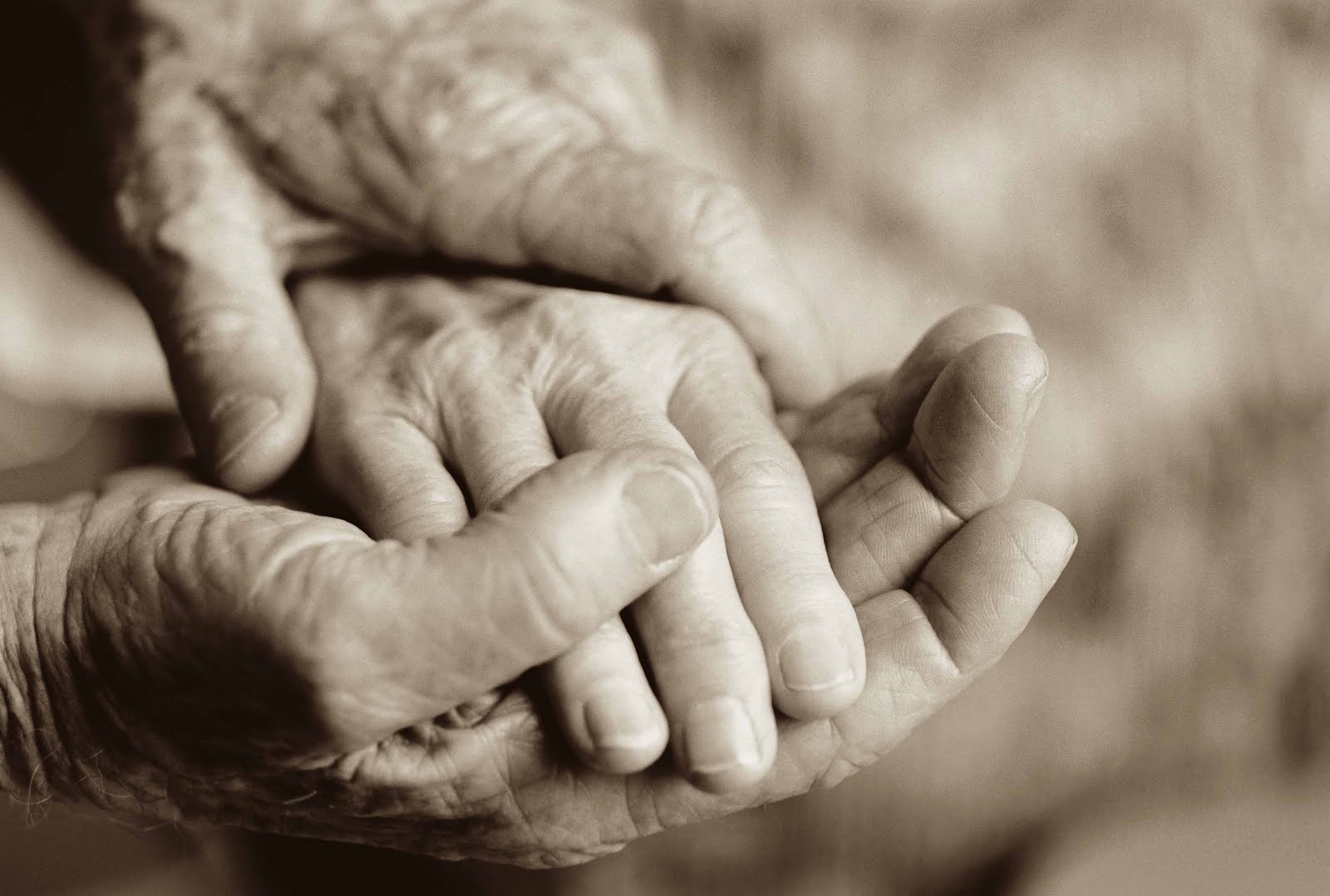Rock Candy
بِسۡمِ ٱللهِ ٱلرَّحۡمَـٰنِ ٱلرَّحِيمِ
The following is adapted from Signs on the Horizons by Shaykh Harun Michael Sugich.
“During the early 1970s we encountered the last vestiges of traditional Sufism in Morocco, alive with the gatherings of saints and ecstatics, men of transcendent knowledge and blazing illumination. The gross materialism that has long since overwhelmed societies across the Muslim world was only beginning its inevitable corrosive subversion of tradition and spirituality. Televisions and refrigerators were novelties only the rich could afford. Advertising had not yet reached the interiors. Traditional bazaars were the only shopping centres. The mosques were filled with worshippers and the litanies of the people of the Path were still a feature of Muslim life.
As novices we were naturally captivated by the great Sufi saints, some of whom are described on these pages. In the background were fuqarah who had utterly devoted themselves to khidmah, service, and remembrance of God; serving tea and food, shopping, sweeping up, cleaning the zawiyah, collecting money to pay bills, making repairs to the building, all because of their devotion to their shaykh and for a reward in the Afterlife. Unrecognised, taken for granted, these men formed the backbone of the Sufi orders and kept the Path alive.
One of the first people I met in Morocco was the guardian of the Zawiyah of Shaykh Muhammad ibn al-Habib (q.s.) in Meknes. His name was Sidi al-‘Ayyashi, which meant that he hailed from the village of Ayyash. He had been a builder and had, many decades before, been one of the stone-masons who had built the zawiyah. In his later years, he lived in and watched over the zawiyah.
He was a stern, intimidating man, with the strong physical presence of a bricklayer. He rarely smiled and took his role as guardian of the zawiyah very seriously. He was always exacting about where you made ritual ablution and that you wore flip-flops in the toilet; small things. I cannot say that I ever got to know him well but I suspect that when he was young he had a hot temper. You could see traces of it in his personality but what was significant was that his personality had been almost completely transmuted by the act of remembrance. Someone described him as rock candy. He was very hard on the outside but very sweet on the inside.
The last time I saw him was in 1981. I had arrived in Rabat on a flight from New York and, passing through immigration, came upon an American couple having trouble at passport control. The US had just changed the size of passports. The passport officer had never seen the new passport size and was refusing to let them in. They were very panicky, so I spoke to the official in Arabic and explained the change and he let them through. They were eternally grateful and, as it happened, we were staying in the same hotel.
They offered to give me a lift to Meknes and Fes, where I was headed. In Meknes I had them leave me off at the zawiyah, and spent the day with the fuqarah. Sidi al-‘Ayyashi was still watching over the zawiyah with unswerving devotion and caring for the widows of Shaykh ibn al-Habib (q.s.) who lived there. He was very elderly by this time and, if I remember correctly, having trouble seeing. Still, conditioned by my early days as a novice, I was intimidated by this severe, ascetic Sufi.
When the American couple arrived in their car to pick me up, all the old fuqarah in the zawiyah, including Sidi al-‘Ayyashi, came out to the street to see me off. These were men who had turned their backs on the world and spent their lives remembering God, ‘standing, sitting and reclining’. They were the sanest people I knew. They could not have been further removed from the two naïve and slightly goofy New York tourists sitting in their rental car parked across from the zawiyah.
At the car I said my farewells to these men and climbed in the back seat. I looked out at this cluster of old men and found them leaning in to the windows and greeting the American couple. Suddenly, I saw them through the innocent eyes of these uninitiated tourists. They could have walked straight out of another century, these big hearted, half-blind, gnarled, limping, bearded men, leaning on their walking sticks, in their worn out jillabiyyah, huge warm smiles - anachronisms. At the center of the group leaning through the windows and shaking hands with the Americans and with a wide, genial smile was Sidi al-‘Ayyashi, this imposing presence I had always been a little afraid of.
When we drove away, the Americans were in a state of near hysterical euphoria. ‘Wow! Incredible! This is the greatest thing that has ever happened to me! I’ll never forget this!’ All the way to the spa town of Mawlay Ya’qub, where we were headed to take the waters, my companions rhapsodised about the men they met.
I cannot say how long this memory lasted for them but, for me, the stonemason’s radiant face at the window is indelible, the shining badge of a simple life transformed through the alchemy of knowledge, devotion, hard work, service and the constant remembrance of God.”




Comments
Post a Comment
Thank you for taking the time to share our thoughts. Once approved, your comments will be posted.